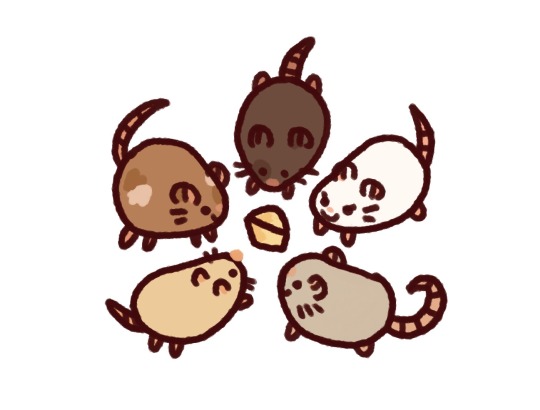Text

White Grub Pendant Necklace // CompostCraft
77 notes
·
View notes
Text

Colors will be a little darker & duller after the final glaze firing but 👀
3K notes
·
View notes
Text










Kristoffer Zetterstrand 2003- oil on canvas
blue_average | blue_close | blue_distant | clear_close | dense_distant | LowMist | Overcast | standard_average | sunset_average | sunset_dense
17K notes
·
View notes
Text
Wool-Carder Bees: these solitary bees harvest the soft, downy hairs that grow on certain plants, rolling them into bundles and then using the material to line their nests

Wool-carder bees build their nests in existing cavities, usually finding a hole/crevice in a tree, a plant stem, a piece of rotting wood, or a man-made structure, and then lining the cavity with woolly plant fibers, which are used to form a series of brood cells.
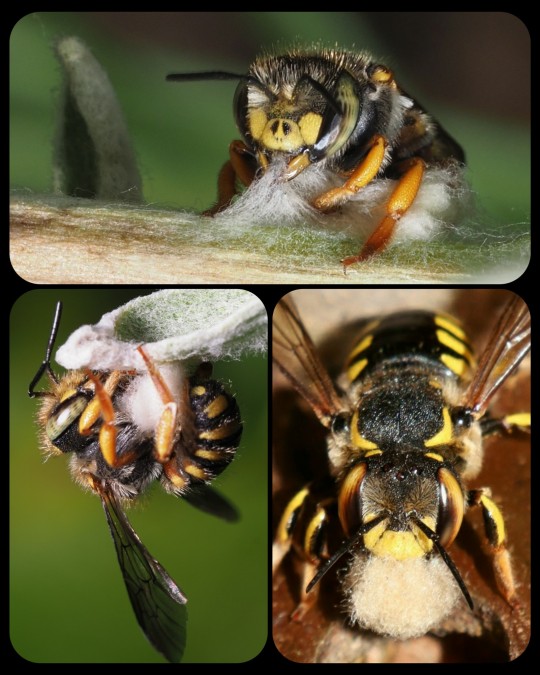
The fibers (known as trichomes) are collected from the leaves and stems of various plants, including lamb’s ear (Stachys byzantina), mulleins, globe thistle, rose campion, and other fuzzy plants.

From the University of Florida's Department of Entomology & Nematology:
The female uses her toothed mandibles to scrape trichomes off fuzzy plants and collects a ball of the material under her abdomen. She transports these soft plant fibers to her selected nest site and uses them to line a brood cell. Next, she collects and deposits a provision of pollen and nectar into the cell, enough pollen to feed a larva until it is ready to pupate. Lastly, she lays a single egg on top of the pollen and nectar supply before sealing the cell. ... She will repeat this process with adjoining cells until the cavity is full.
These are solitary bees, meaning that they do not form colonies or live together in hives. Each female builds her own nest, and the males do not have nests at all.
Female wool-carder bees will sometimes sting if their nest is threatened, but they are generally docile. The males are notoriously aggressive, however; they will often chase, head-butt, and/or wrestle any other insect that invades their territory, and they may defend their territory from intruders up to 70 times per hour. The males do not have stingers, but there are five tiny spikes located on the last segment of their abdomen, and they often use those spikes when fighting. They also have strong, sharp mandibles that can crush other bees.
There are many different types of wool-carder bee, but the most prolific is the European wool-carder (Anthidium manicatum), which is native to Europe, Asia, and North Africa, but has also become established as an invasive species throughout much of North America, most of South America, and New Zealand. It is the most widely distributed unmanaged bee in the world.
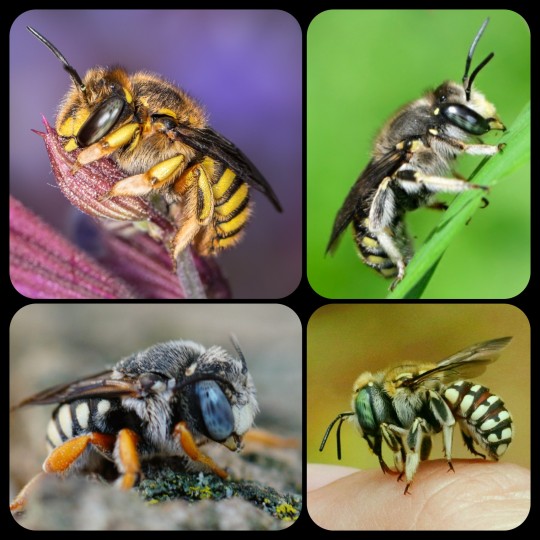
A few different species of wool-carder bee: the top row depicts the European wool-carder, A. manicatum (left) and the spotted wool-carder, Anthidium maculosum (right), while the bottom row depicts the reticulated small-woolcarder, Pseudoanthidium reticulatum, and Porter's wool-carder, Anthidium porterae
Sources & More Info:
University of Florida: The Woolcarder Bee
Oregon State University: European Woolcarder Bees
Bohart Museum of Entomology: Facts about the Wool Carder Bee (PDF)
Bumblebee Conservation Trust: A. manicatum
World's Best Gardening Blog: European Wool Carder Bees - Likeable Bullies
Biological Invasions: Global Invasion by Anthidium manicatum
944 notes
·
View notes
Photo
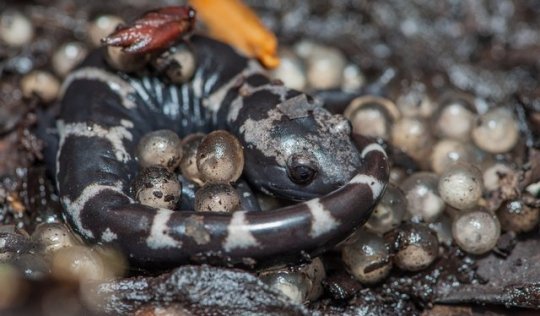
A marbled salamander [Ambystoma opacum] on eggs. Photo taken in Jackson County, Alabama, by Amber Hart.
154 notes
·
View notes
Text
12K notes
·
View notes
Text

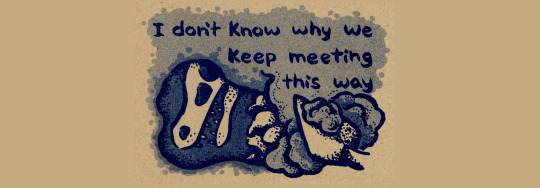

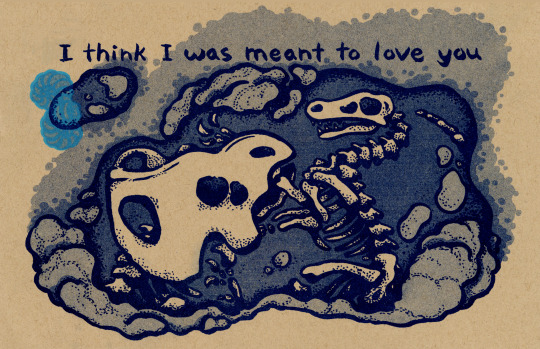

Hello, April is my birthday month, and I have another comic to share with you. This one is called Fossils, and it's about digging things up.
Physical copies of Fossils are read by unfolding a single sheet of paper, as can be seen in the video below. Fossils was risograph printed in four colorways, the one shown is federal blue and aqua on brown paper. You can buy a copies in my online store.
My other paleoart minicomics:
Broomistega & Thrinaxodon (read - buy)
DEEP TIME (read - buy)
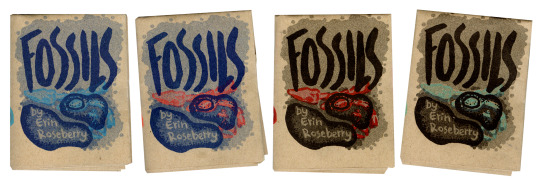
154 notes
·
View notes
Text
they should invent a life that is liveable and a sleep that comes easy and a winter that doesn't feel like decay and a spring that doesn't feel like the past and a head that doesn't hurt and a heart that doesn't sit in your chest like a rock and a body that doesn't hate you and a hometown that doesn't make you lose your mind and a university that won't kill you they should invent a me that is normal I think that would be really neat. ok good night I love you
40K notes
·
View notes
Note
May we have a wormse? Please?

ouppy
1K notes
·
View notes
Text
experiencing an emotion specific to worms
204 notes
·
View notes
Text
I'm so serious about being kind above all else. it has genuinely changed the way I interact with the world on a fundamental level and has made me so so much happier.
656 notes
·
View notes
Text
surgeonfish are so funny. i can't help but notice you have two giant poisonous knives that you use to kill people... you're just like this type of human that uses small sterile knives to heal people
538 notes
·
View notes


